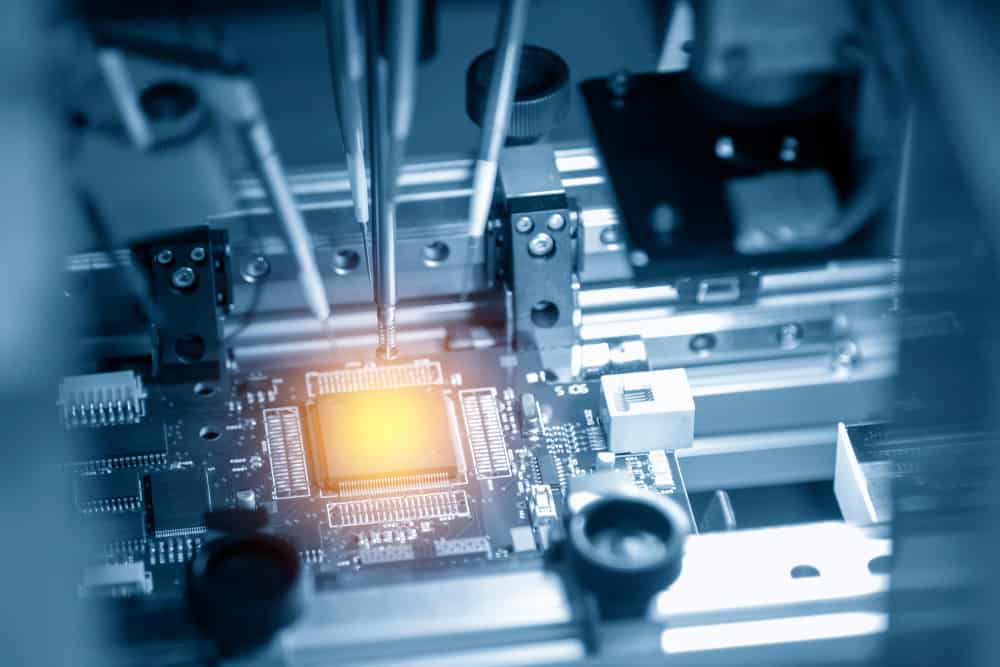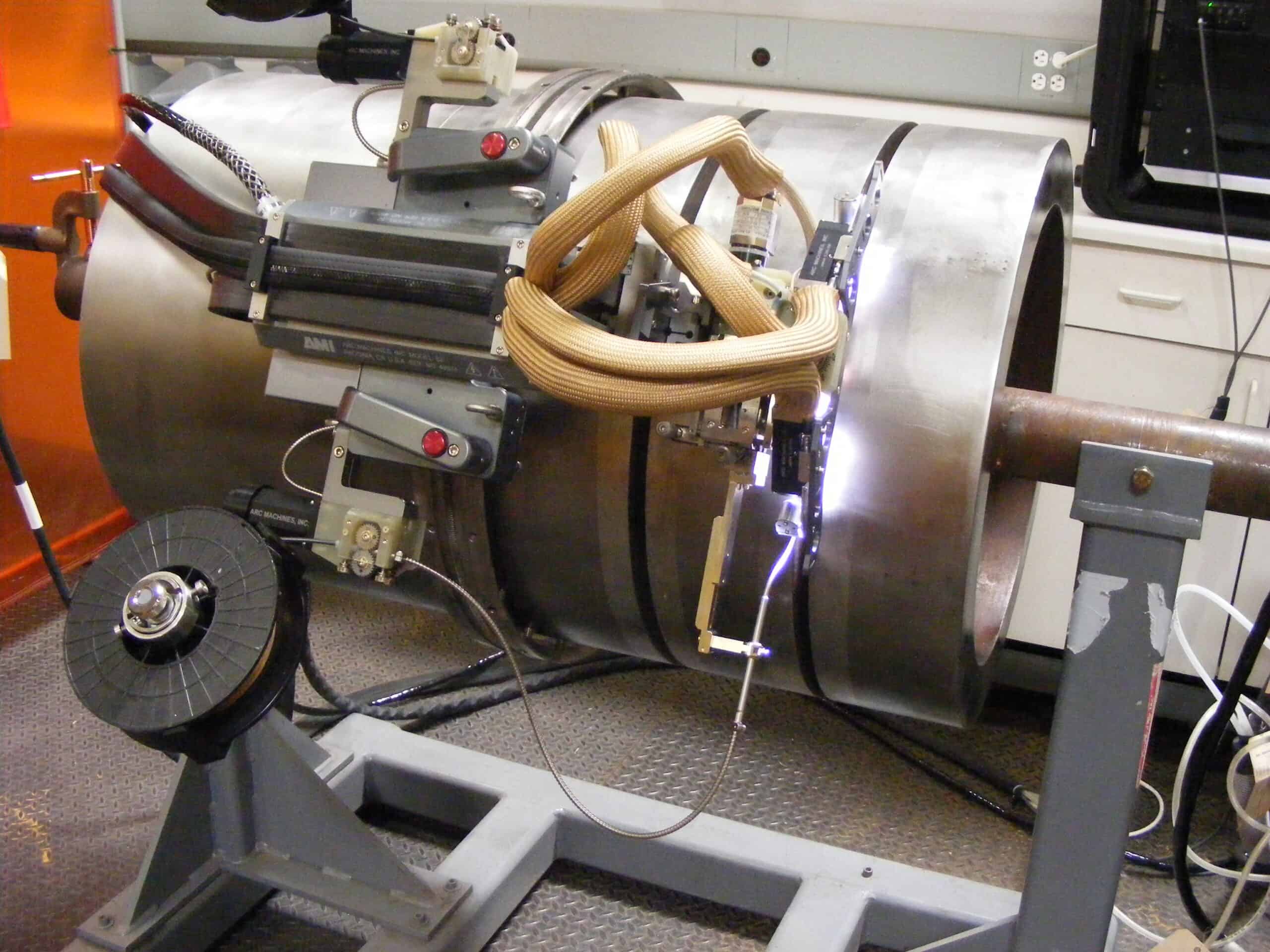
In late 2020, amid the Covid-19 pandemic, manufacturing industries also faced a semiconductor shortage, a shortage likely to persist in 2021. The semiconductor shortage has posed severe disruption in the global supply chain for many industries, including automotive, aerospace, medical, and nuclear. To minimize the problem’s scale, efforts at small-scale manufacturing of semiconductors are underway—especially in the U.S., Canada, and Europe.
Orbital welding plays a critical role in facilitating both small and large-scale production. By utilizing its automated process, industries can manufacture high-quality products in a relatively short period.
Global Semiconductor Shortage 2021
Semiconductor manufacturing requires attention to intricate details. With advancements in technology and increased semiconductor demand across a wide range of industries, manufacturers are trying to develop semiconductors that contain more circuits and processing capabilities. Currently, the mainstream standard for processors in computers is 14 nanometers (nm). This requires a high level of control of manufacturing parameters, including temperature and voltage, to ensure the product is not damaged. However, increasing demand coupled with an intricate production process has made it more complicated for companies to satisfy demand. As semiconductor production scaled down amid the pandemic in 2020, the semiconductor shortage worsened.
Although there has been a push for investment to boost semiconductor manufacturing, the shortage is likely to persist in 2021. To address the recent disruption in the global supply chain, industries are seeking alternative processing methodologies—including at-home semiconductor manufacturing—through 3D printing or welding.
Welding in Semiconductor Manufacturing
In a semiconductor manufacturing factory, a network of predominantly stainless steel pipes is used to transport the gases required for production. These gases assist in the deposition of materials such as silicon on the small surface of the chip. The transported gases include highly flammable gases, such as pyrophoric, which must be very pure. Thus, welding plays an important role by ensuring that the pipe network is properly fused to avoid disruption in gas transport through air, moisture, or other contaminants. Any error can cost manufacturers a significant amount of time and rework.
Standards such as SEMI F78-0304 and SEMI-F81-1103 provide welding guidance in semiconductor manufacturing. These standards ensure that high-quality welds will provide the system with the required purity to carry out the semiconductor manufacturing application.
Industries prefer orbital welding because it performs high-quality welds and increases productivity—results that are especially desirable when tackling the semiconductor shortage.
Orbital Welding for Efficient and Safe Semiconductor Manufacturing
Orbital welding is the preferred process for joining tubes and pipe networks required for gas transport in the manufacturing of semiconductors. With its automated system, the orbital welding process facilitates weld parameter optimization to create a high-precision and high-quality weld. However, stainless steel pipe and tube welding can also emit highly toxic and carcinogenic hexavalent chromium. With automated weld heads and remote monitoring systems, orbital welding can minimize health risks to welders while improving productivity and reducing the cost.
Arc Machines, Inc. is a leader in orbital welding technology with decades of experience and expertise in semiconductor manufacturing. For inquiries regarding products, contact sales@arcmachines.com. Arc Machines looks forward to providing the equipment and services your project needs. Contact us to learn more.





